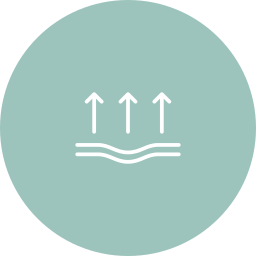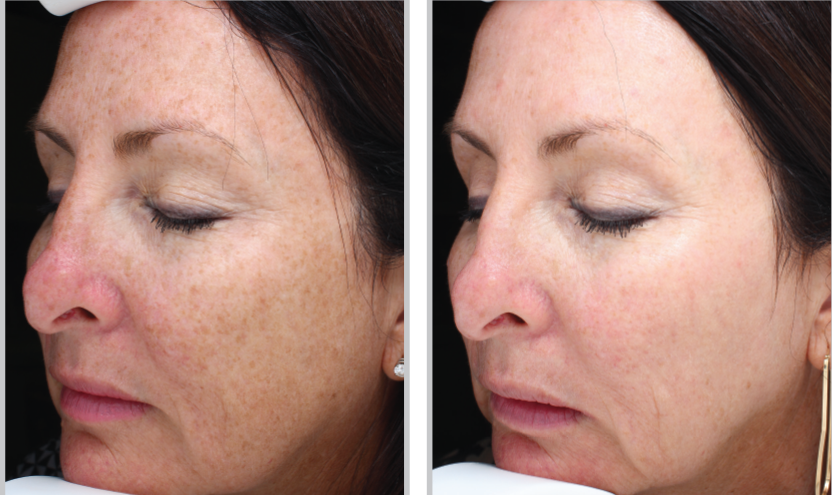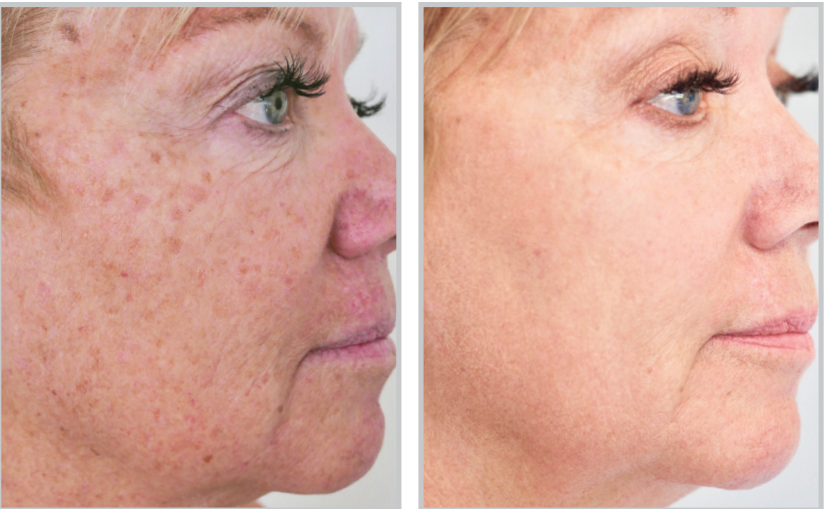treatment
HALO® by Sciton
Get a remarkable glow no matter your skin type with HALO. This treatment dramatically improves dull, sun-damaged and tired-looking skin without the downtime associated with traditional laser resurfacing procedures.
This revolutionary laser skin resurfacing treatment uses the world’s first hybrid fractional laser to give you a flawless complexion after just one to two treatments.
How it Works
Sciton HALO is a hybrid fractional laser that uses two lasers with different wavelengths to treat skin concerns at multiple levels. The ablative laser removes the top layer of skin to exfoliate dead skin cells and treat surface-level conditions like pore size and textural issues. Next, the non-ablative laser heats collagen deep in the skin to tighten it and improve skin texture and treat deeper sun damage and other dermal pigmentary issues.
benefits

Diminish fine lines and wrinkles

Treat sun damage and dyschromia

Reduce the appearance of scar tissue and large pores

Remove pigmented lesions for even complexion
HALO Procedure
During the treatment, you can expect to feel a heated sensation, mild prickling, and sometimes pinpoint bleeding. The handpiece that rolls across the skin is also integrated with cooling technology to help keep you comfortable. The length of the treatment depends on your personalized treatment plan, which is created during an initial consultation based on your skin concerns and lifestyle.



Frequently Asked Questions About HALO
What skin types is HALO cleared for?
HALO treatments can be performed on the face and body in skin types I-VI on the Fitzpatrick Scale.
What does HALO address?
HALO is known as the “Holy Grail” of skin treatments—it addresses vascular lesions, pigmentation and textural issues all in a single modality. Depending on a patient’s needs, some practitioners recommend a combination of HALO and BBL® HERO™ for an even more dramatic result.
How many treatments will I need?
Due to its fractionated nature, most patients require one to two HALO treatments to achieve their goals (depending on intensity). Then, practitioners can help maintain their patients’ results with maintenance treatments once or twice per year as needed.
